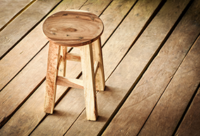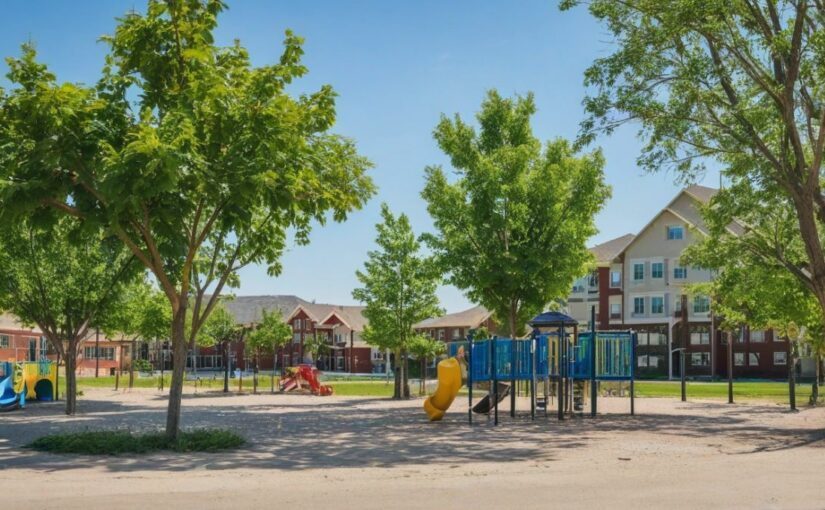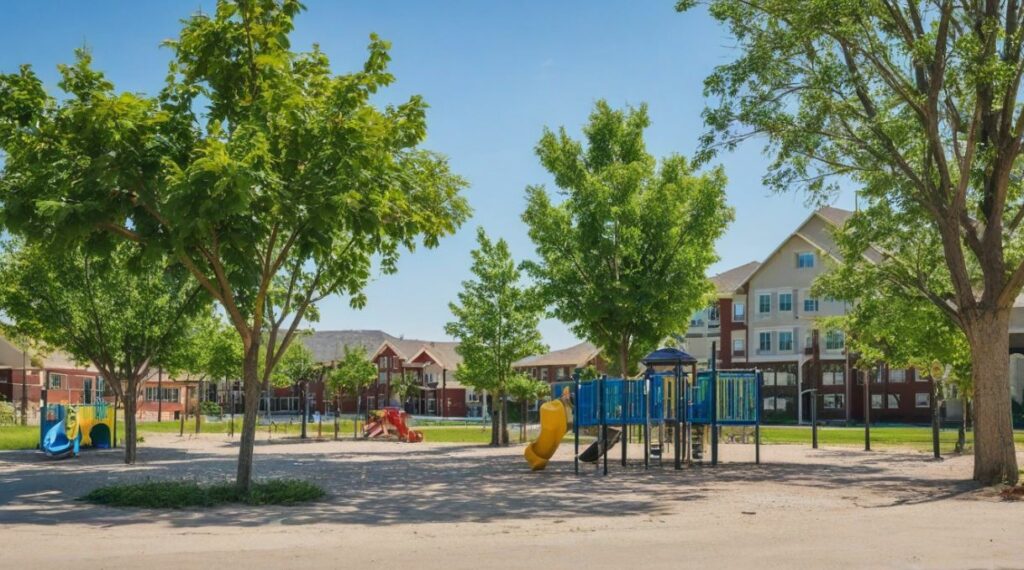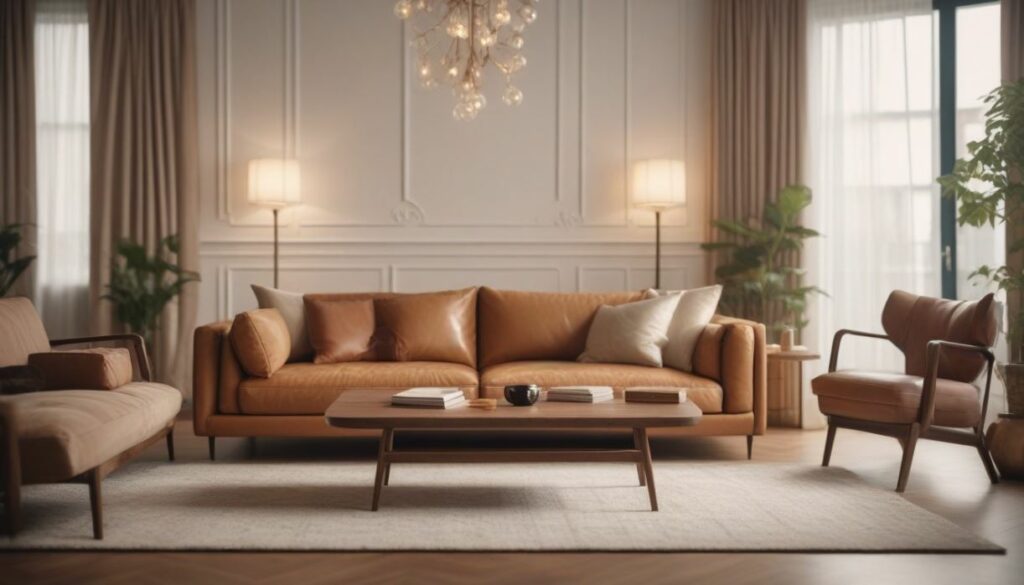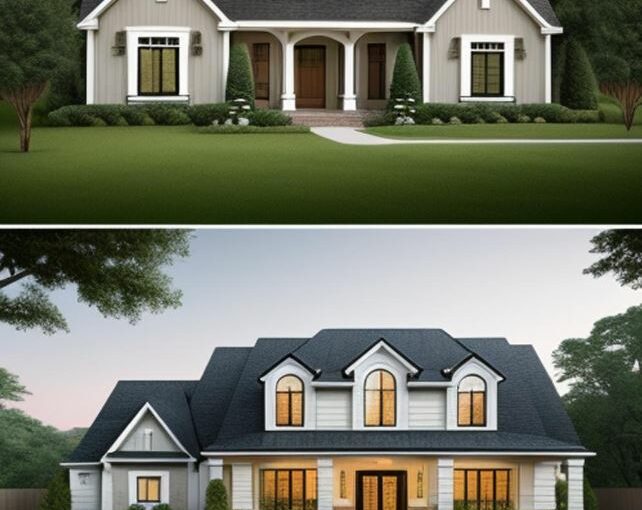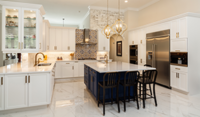
When it comes to “staging” your home for sale – which basically means ensuring it looks clean and uncluttered – you probably already know the basics: clean the counters, vacuum the floors, mow the lawn, etc.
But there are also some less obvious home staging tips that can help to sell your property faster and for a higher price. Here are a few examples.
The Kitchen
Obvious: The stove, sinks and countertops should be spotless.
Not-so-obvious: The contents of your cabinets and refrigerator should be facing forward.
The Bathrooms
Obvious: They should be clean and uncluttered. Have fresh towels hanging neatly on the rack. (Create the “hotel bathroom” look.)
Not-so-obvious: All towels should match. Ensure toilet lids are closed.
Your Bedroom
Obvious: Make the bed neatly. Check that the closet is organized and uncluttered. (If your closet is bulging with clothes, put some in storage.)
Not-so-obvious: Don’t leave any clothes out. Even clean clothes neatly folded in a hamper can seem untidy to some people.
The Kids’ Bedrooms
Obvious: They need to be clean and uncluttered. (Good luck!)
Not-so-obvious: Arrange stuffed animals, games and other toys like an attractive display in a toy store. It’s okay to have a toy, like a racetrack, out of the box. Just make sure it’s completely put together.
